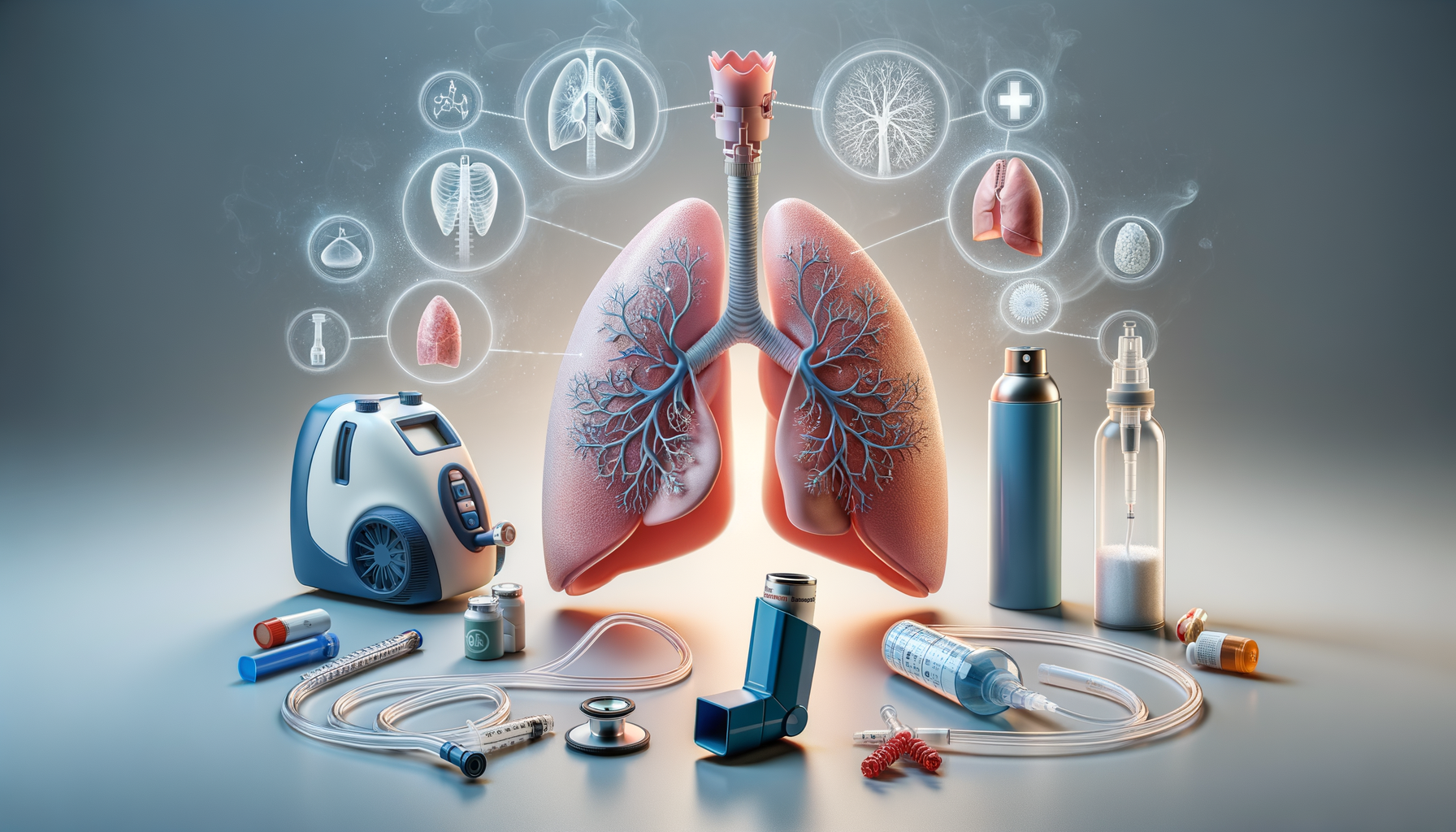
You Think It’s Just a Cough? COPD Awareness in the USA
Understanding COPD: A Closer Look at the Condition
Chronic Obstructive Pulmonary Disease, commonly known as COPD, is an umbrella term used to describe progressive lung diseases, including emphysema, chronic bronchitis, and refractory asthma. Characterized by increasing breathlessness, COPD affects millions of people worldwide, with a significant number in the USA. The disease is primarily caused by long-term exposure to irritating gases or particulate matter, most often from cigarette smoke. Other contributing factors include environmental pollutants and genetic predispositions. The progression of COPD is typically slow, with symptoms worsening over time. Patients often experience chronic cough, wheezing, and frequent respiratory infections, which can severely impact daily activities and overall quality of life. Understanding the nature of COPD is crucial for early detection and effective management. Awareness campaigns and educational initiatives play a vital role in informing the public about the risks and signs of COPD, encouraging timely medical consultation and intervention.
Innovative Treatment Options for COPD
Treatment for COPD focuses on alleviating symptoms, slowing disease progression, and improving the patient’s quality of life. While there is no cure for COPD, several treatment options are available that offer hope and relief. Bronchodilators, which help relax the muscles of the airways, are often prescribed to improve airflow and ease breathing. Inhaled corticosteroids may be used to reduce airway inflammation, although they are typically reserved for patients with frequent exacerbations. For those with advanced COPD, oxygen therapy can be a lifesaver, providing essential oxygen to the bloodstream and alleviating breathlessness. Additionally, pulmonary rehabilitation programs, which combine exercise, education, and support, have shown to significantly improve the physical and emotional well-being of COPD patients. Newer treatments, such as lung volume reduction surgery and bronchoscopic interventions, are emerging as promising options for select patients. These procedures aim to remove damaged lung tissue, improving lung function and breathing capacity. The landscape of COPD treatment is continually evolving, with ongoing research and clinical trials exploring novel therapies and interventions.
Prevention and Lifestyle Management of COPD
Prevention and lifestyle management are key components in reducing the risk and impact of COPD. Smoking cessation is the most crucial step in preventing the onset and progression of the disease. For smokers, quitting smoking can significantly slow the deterioration of lung function and improve overall health. Avoiding exposure to lung irritants, such as air pollution, chemical fumes, and dust, is equally important. Maintaining a healthy lifestyle through regular exercise, a balanced diet, and adequate hydration can enhance lung capacity and boost the immune system, helping to fend off respiratory infections. Vaccinations, particularly against influenza and pneumonia, are recommended for COPD patients to prevent complications. Regular medical check-ups, including lung function tests, are essential for monitoring the disease and adjusting treatment plans as needed. Support groups and counseling can provide emotional support and practical advice for patients and their families, fostering a sense of community and empowerment. By adopting these preventive measures and lifestyle changes, individuals can take control of their health and live more fulfilling lives despite the challenges of COPD.


